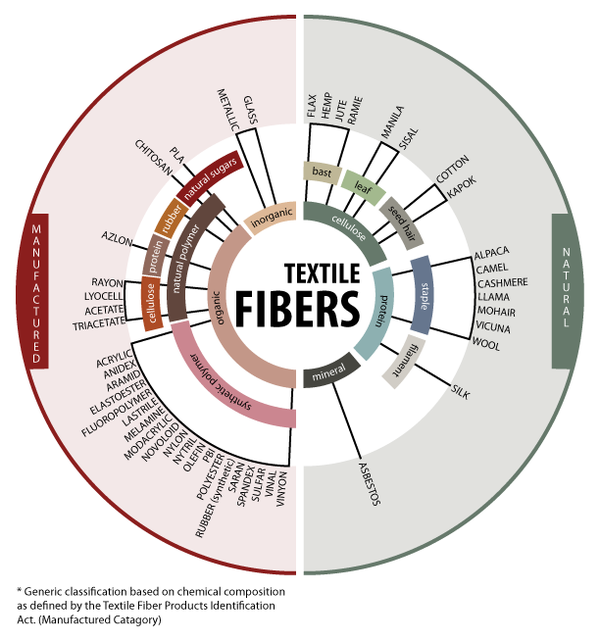- Qinsun Instruments Co., Ltd.
- Tell:+86-21-6780 0179
- Phone:+86-17740808215
- Address:No. 2578 Minhang District Gu Dai Road, Shanghai
- Contact:Mr. Li
- QQ:846490659
How is titration analysis performed?

Burettes are generally divided into two types: acid burettes and alkaline burettes.
An acid burette, also known as a plug burette, has a glass plug switch at its lower end, which is used to hold acidic solutions, oxidizing solutions, and salt solutions. It cannot hold alkaline solutions such as NaOH. A basic burette, also known as a stopperless burette, has a rubber tube at the bottom and a glass bead in the middle to control the flow rate of the solution. It is used to hold alkaline and non oxidizing solutions. Any solution that can interact with the rubber tube should not be loaded into a basic burette, such as KMnO4, K2Cr2O7, iodine solution, etc. Due to the use of polytetrafluoroethylene pistons that are not afraid of alkali, the shortcomings of ordinary acid burettes that are afraid of alkali are overcome, allowing acid burettes to achieve acid-base versatility, resulting in a significant reduction in the use of alkaline burettes. We used this type of PTFE piston burette in our experiment.
1、 Preparation before using a burette
1. Check for leaks
After cleaning the burette, first check whether the rotary plug rotates flexibly and whether there is any water leakage. First, close the plug, fill the burette with water, and check around the plug and at the tip of the tube with filter paper. Then rotate the plug 180 degrees, stand upright for two minutes, and check with filter paper. If there is water leakage, apply Vaseline to the acid tube; Before using an alkaline burette, the rubber tube should be checked for aging and the glass beads should be checked for appropriate size. If there are any problems, the piston should be replaced in a timely manner and coated with Vaseline.
2. Washing of Burette
The burette must be washed before use, with the principle of not damaging the inner wall during washing. Before washing, close the faucet, pour in about 10mL of detergent, open the faucet, release a small amount of detergent, wash the tip of the tube, and then tilt the tube towards the mouth while rotating to fill the entire tube with detergent. Finally, release it from the nozzle (or soak it in chromic acid solution). Then rinse with tap water. Wash with distilled water three times, each time 10-15mL.
The washing method of an alkaline burette is different from that of an acid burette. An alkaline burette can remove the tip of the burette and glass beads, and immerse them in the washing solution for washing. Invert the tube into the washing solution and use a suction ball to suck the washing solution up for washing.
3. Moisturizing and washing
The burette must be rinsed three times with the operating solution before use, each time 10-15mL. Discard the moisturizing solution.
4. Filling and draining bubbles
After washing, inject the operating solution above the zero line and check for any bubbles around the piston. If there is, open the piston to flush out the solution and expel bubbles. The titrant must be directly injected and cannot be assisted by funnels or other vessels.
The method for venting bubbles in an alkaline burette: Hold the body of the burette upright, pinch the glass beads with your left thumb, bend the rubber tube, and tilt the tip upwards by about 45 degrees. Squeeze the rubber tube at the glass bead to flush out the solution and eliminate bubbles.
5. Initial reading
After releasing the solution (after filling or titration), wait for one to two minutes before reading. When reading, remove the burette from the burette holder and hold the upper liquid free area with your left hand, keeping the burette vertical. The line of sight is tangent to the horizontal line of the lowest point scale on the lunar surface. If the line of sight is above the meniscus, the reading will deviate





